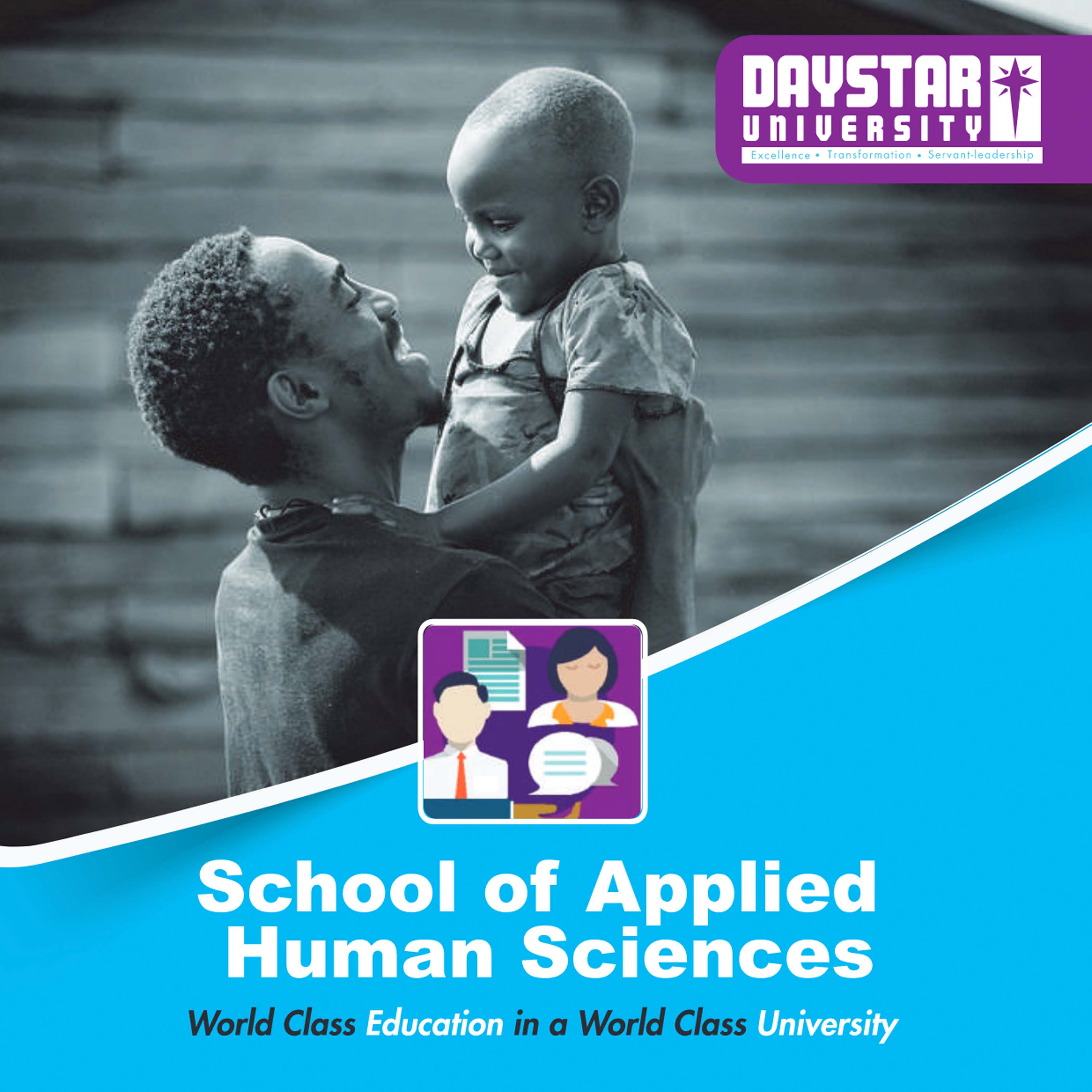AJCP ARTICLE DETAILS
Issue 03 June 2025
Loss of Tangible Resources and Posttraumatic Growth among Survivors of the Solai Dam Disaster, Nakuru County, Kenya
George Manono Areri, Ph.D. in Counselling Psychology Candidate; Rose Anyango Otieno, Ph.D., & Billiah Nyamoita Gisore, Ph.D., Kisii University, Kenya.
Disasters occur frequently around the world, causing significant socio-economic, infrastructural, physical, and mental health impacts. In Kenya, disasters are a regular occurrence and often lead to severe psychological consequences. Existing literature on the mental health outcomes of disasters in the country has largely focused on negative effects, particularly post-traumatic stress disorder (PTSD). However, there is limited understanding of the potential for psychological growth among disaster survivors. This study investigated the Posttraumatic growth experiences of survivors of a dam disaster at Solai in Nakuru County, Kenya. The objectives of the study were to establish the relationship between demographic characteristics of the survivors and the extent of posttraumatic growth and, assess whether tangible loss of resources would have any effect on the posttraumatic growth of those affected. The study applied a mixed methods approach Quantitative data were collected using standardized psychological tests of Posttraumatic Growth Inventory-Expanded (PTGI-X), and Loss of Resources scale (LOR scale). An interview guide was used to collect qualitative data. Quantitative data were analyzed using the Statistical Package for the Social Sciences (SPSS), while qualitative data were examined through thematic analysis. Descriptive statistics was used to summarize data while inferential statistics were employed to determine the association between the loss of non-tangible resources and posttraumatic growth. Overall participants reported high scores of posttraumatic growth with the majority (83.8%) indicating having experienced growth to a great extent with qualitative findings also corroborating the quantitative results. A chi-square analysis was done to determine if there was a significant difference in the relationship between the loss of tangible resources and extent of posttraumatic growth. There was a significant association between the extent of tangible resource loss and the extent of Posttraumatic growth (X2 = 18.017; p = 0.000). The findings of this study indicate the need for continued provision of mental health services to disaster survivors and highly recommend the development of new strategies to support affected individuals.
Keywords: Disaster, Loss of Resources, Mental Health, Non-Tangible Resources, Posttraumatic Growth, Survivors, Tangible Resources, Trauma,
RELATED ARTICLES
Issue 03 June 2025
Patterns of Female Sexual Dysfunctions Among Marri...
Aminat Adeola Odebode, PhD; Abdulraheem Adijat Mojisola; James Joke Felicia; & Ibrahim Ologele., University of Ilorin, Nigeria
Cultural Influences on Mental Health: Development,...
Ushindi Josue Muderhwa, Ph.D., Free University of Great Lake Countries, DR Congo (ULPGL-Goma).
Prevalence of Prenatal Stress Among Pregnant Women...
Tabitha Wamucii, MA; Winnie Waiyaki, PhD; & Naomi James, PhD., Daystar University
